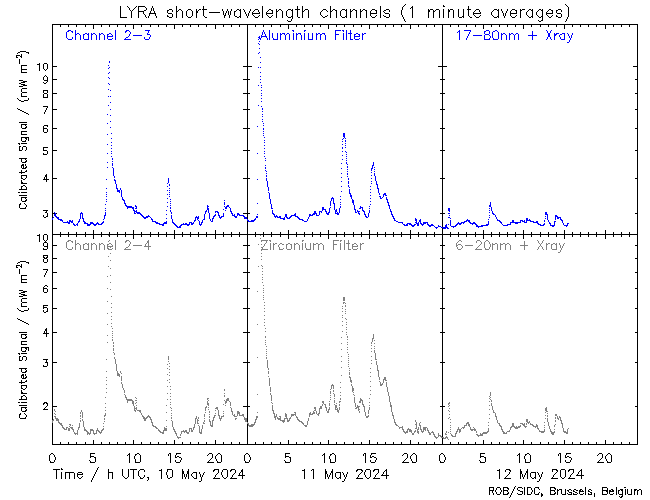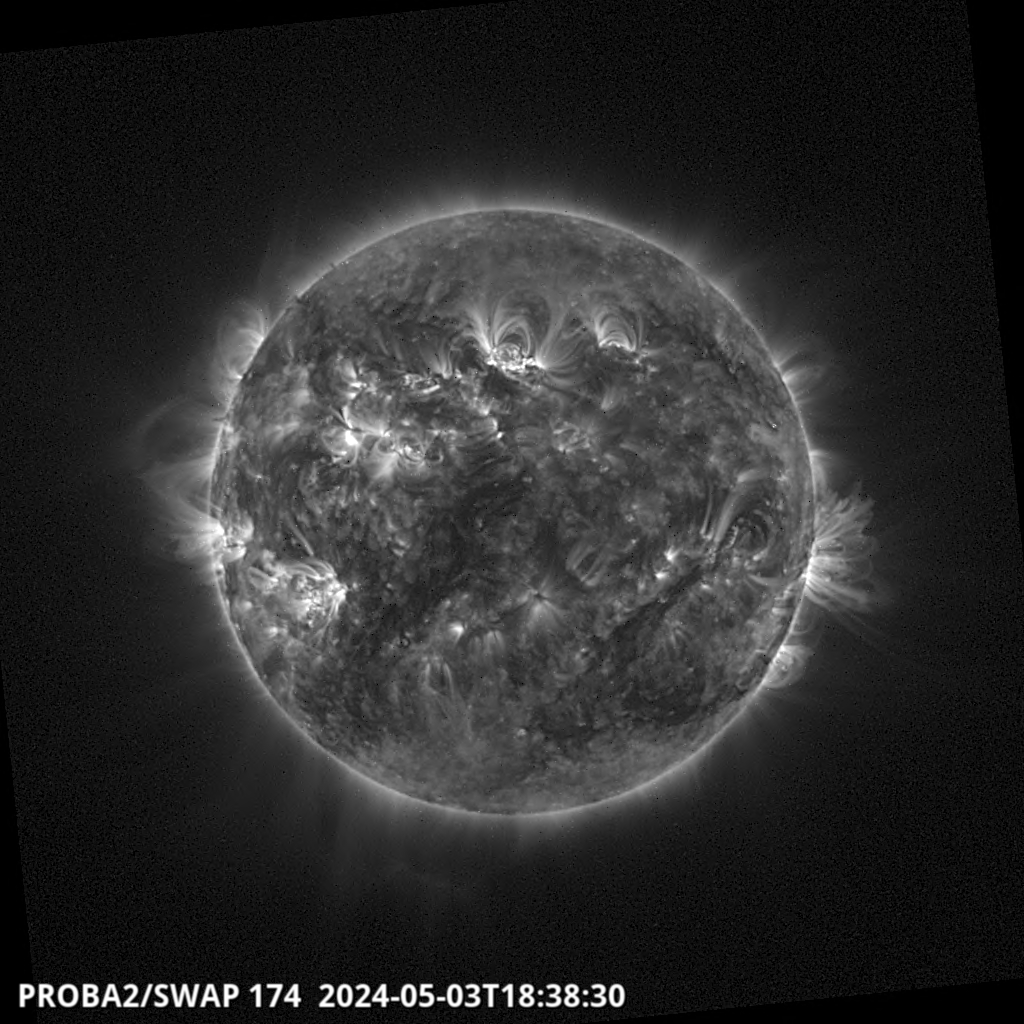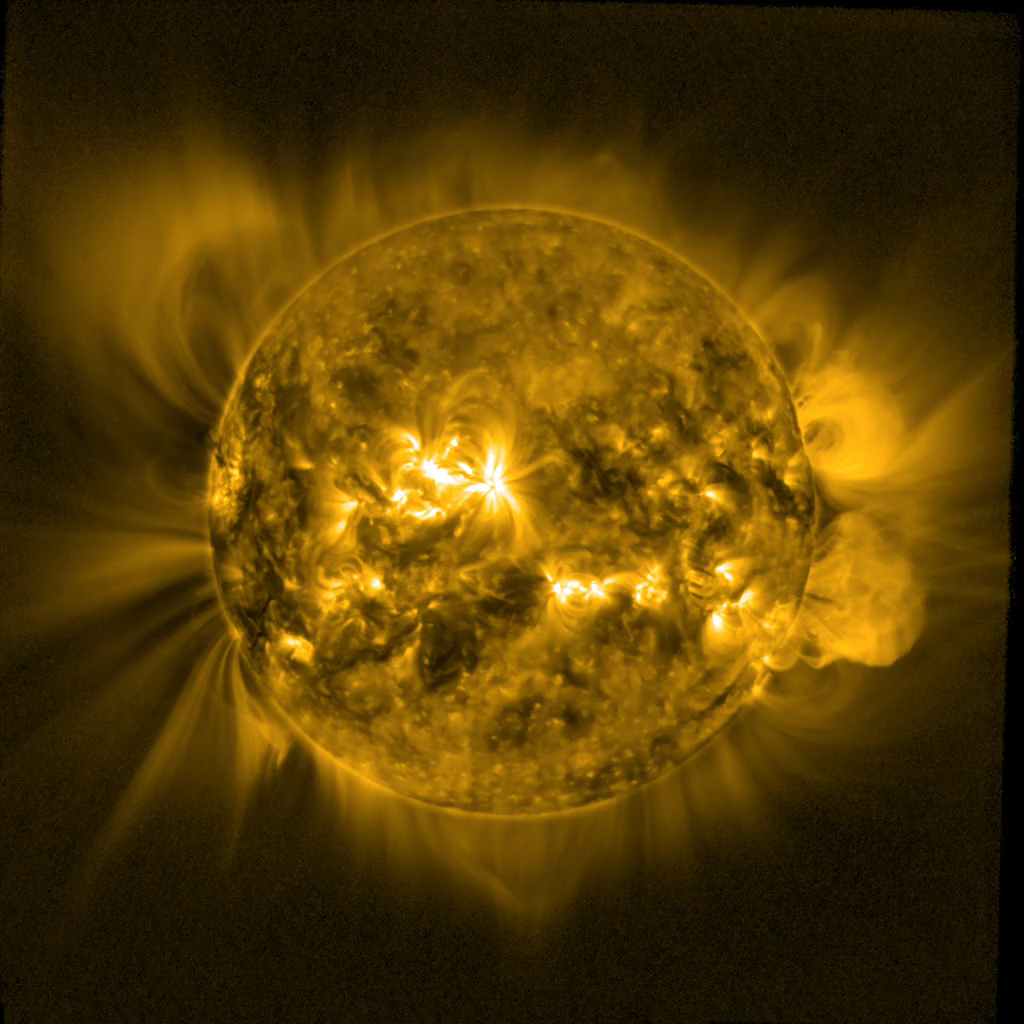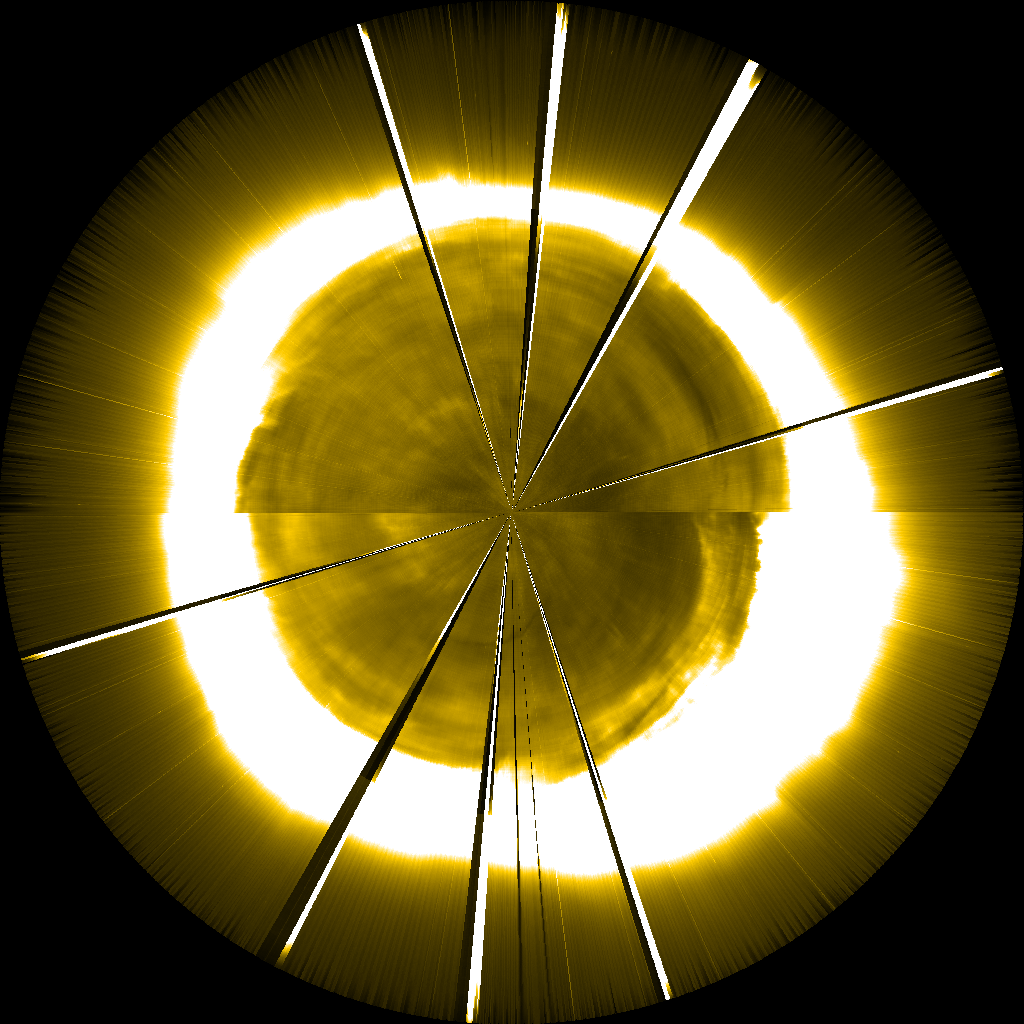Main menu
About the PROBA2 Science Center
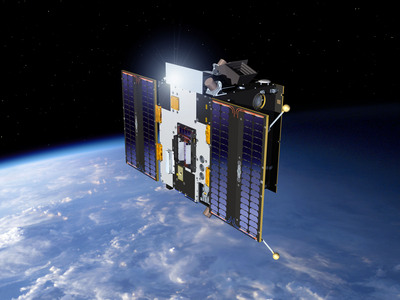
The PROBA2 Science Center, located at the Royal Observatory of Belgium in Brussels, oversees scientific operations and data processing for ESA's PROBA2 spacecraft. The P2SC is the primary archive and distribution center for data from SWAP and LYRA, as well as the primary maintainer of calibration tools, data analysis software, and additional instrument data. The P2SC is also home to the science operations center, where instrument observing plans are devised and, with the help of ESA's Spacecraft Operations Center in Redu, Belgium, loaded onto the spacecraft. Finally, the P2SC serves as the main site for coordination of the PROBA2 Science Working Team, coordinating special scientific campaigns, supporting science data users and guest investigators, and organizing PROBA2 outreach efforts.
PROBA2 is a small ESA satellite with a scientific mission to explore the active Sun and its effect on the near-earth environment and a broader mission to provide a test platform for new instrument and platform technology. The mission overview page provides additional information about PROBA2 and its on board instrumentation and advanced platform technology.
If you require special assistance, you can contact the instrument teams directly using the contact page on this new site.

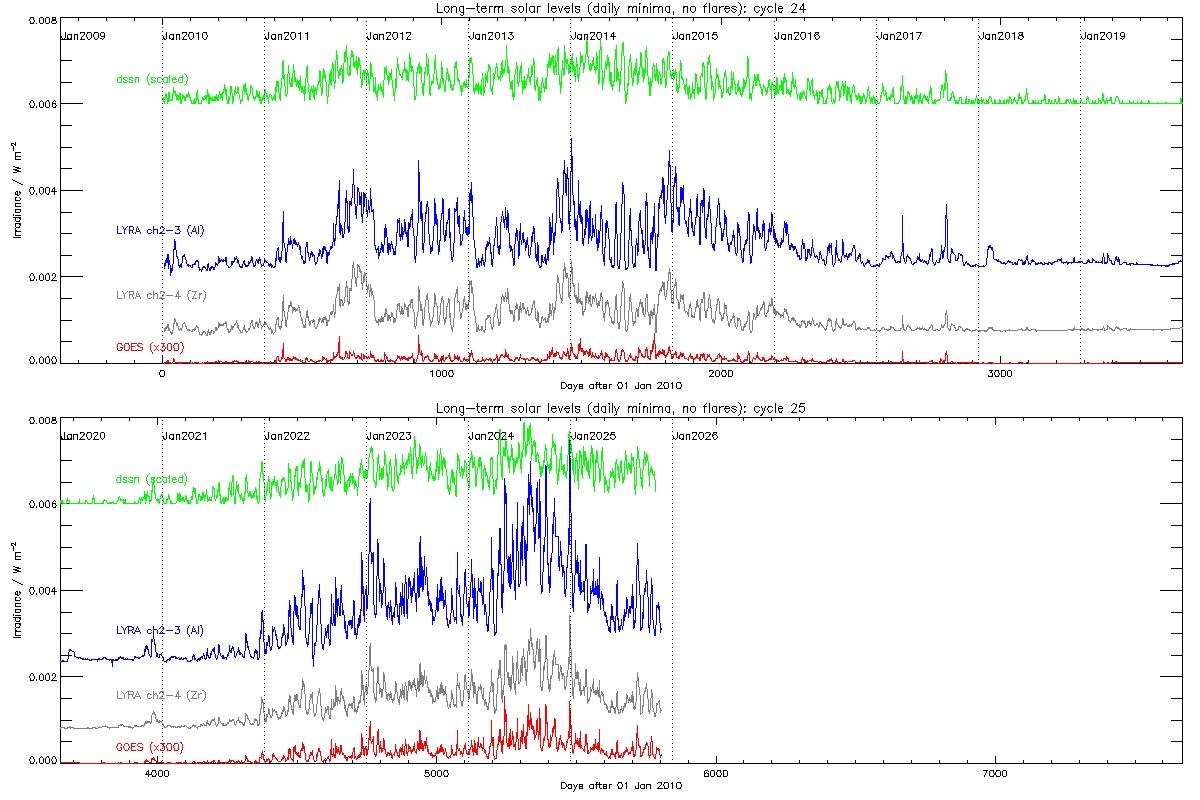 A new data product reflects the progress that the LYRA team has made to discern the different instrumental degradation of quiet-Sun, active-region, and flare signals, and how to correct the data accordingly. The LYRA team wants to present this 15-year daily dataset to the solar community, in order to enable a comparison with various solar indicators, and to study the solar cycle.
A new data product reflects the progress that the LYRA team has made to discern the different instrumental degradation of quiet-Sun, active-region, and flare signals, and how to correct the data accordingly. The LYRA team wants to present this 15-year daily dataset to the solar community, in order to enable a comparison with various solar indicators, and to study the solar cycle.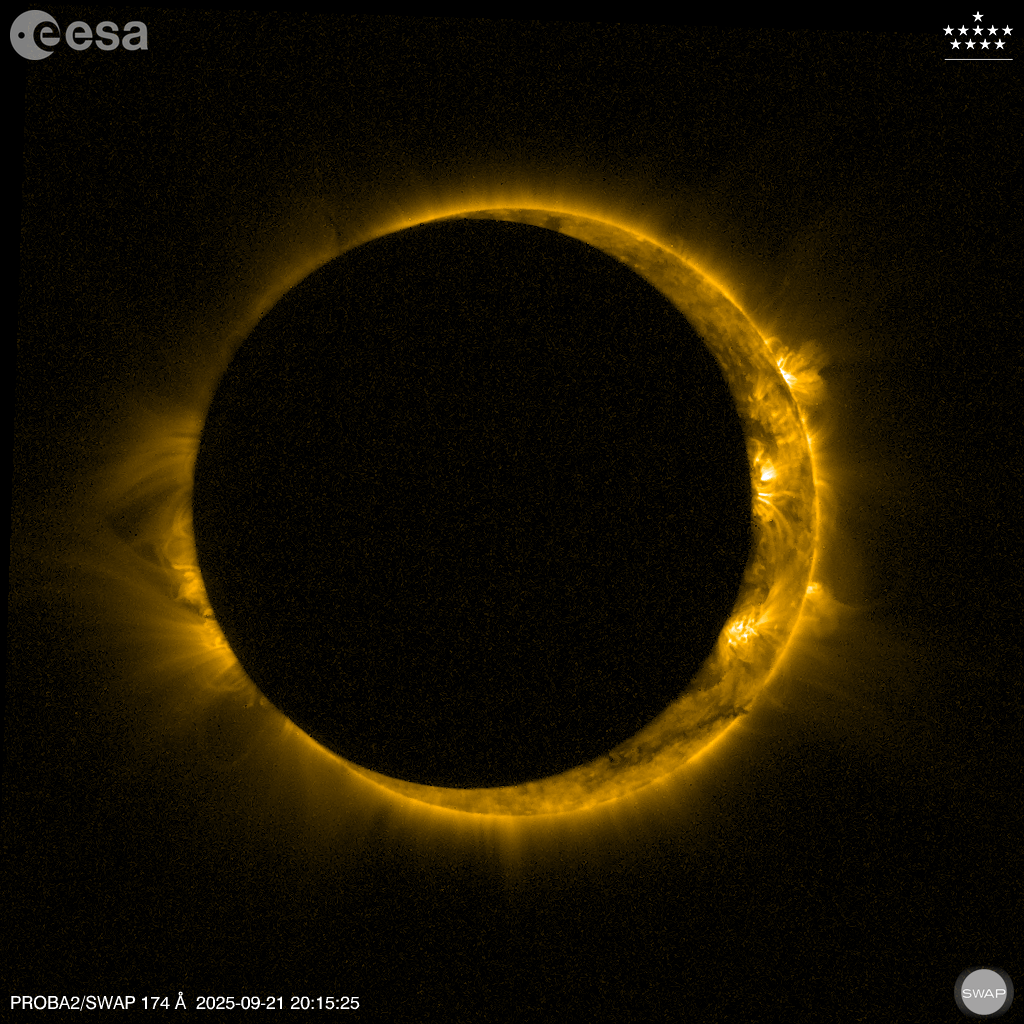 On Sunday, September 21, 2025, PROBA2 once again had the opportunity to observe an annular eclipse of the Sun. This marks the 36th eclipse recorded by the spacecraft since its launch in 2009.
On Sunday, September 21, 2025, PROBA2 once again had the opportunity to observe an annular eclipse of the Sun. This marks the 36th eclipse recorded by the spacecraft since its launch in 2009.